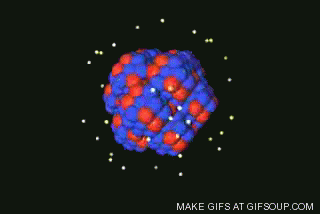Carbon-11

To first discuss carbon-11 we must talk about the elemental form, carbon. There is carbon in just about anything, it is present in all known life forms, and in the human body carbon is the second most abundant element by mass. Carbon was discovered by the earliest of human civilizations. Cavemen found it by the smoke form from the fires they made, but Egyptians discovered it in the form of charcoal, which is a very interesting discovery. The Egyptians and Sumerians used charcoal to treat wounds, so not only carbon in the form of charcoal is used in medicine back in 3750 B.C. but now carbon-11 is used in nuclear medicine technology to help study diseases. In 1967 at the 14th annual meeting of the Society of Nuclear Medicine, William G. Myers reported, “Intravenous injections of carbon-11 insoluble carbonates provides particles for scanning lungs”. He believed carbon-11 is important because the human body is composed of carbon. Myers believed because it is composed in living cells, carbon-11 is likely to someday become the number one nuclide in nuclear medicine, even though technetium 99m holds that position. During the year off 1983, Carbon-11, along with new radiopharmaceuticals was developed using a cyclotron that took many years and dollars that were invested. This later led to the first image of a neurorecptor and DA receptor in the brain of a living human using C-11 methylspiperone.
